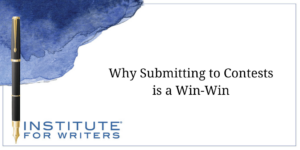
Why Submitting to Contests is a Win-Win
Should you enter a writing contest or not? If your writing rises to the top, you just might win a prize upwards of thousands of dollars if you’re lucky.
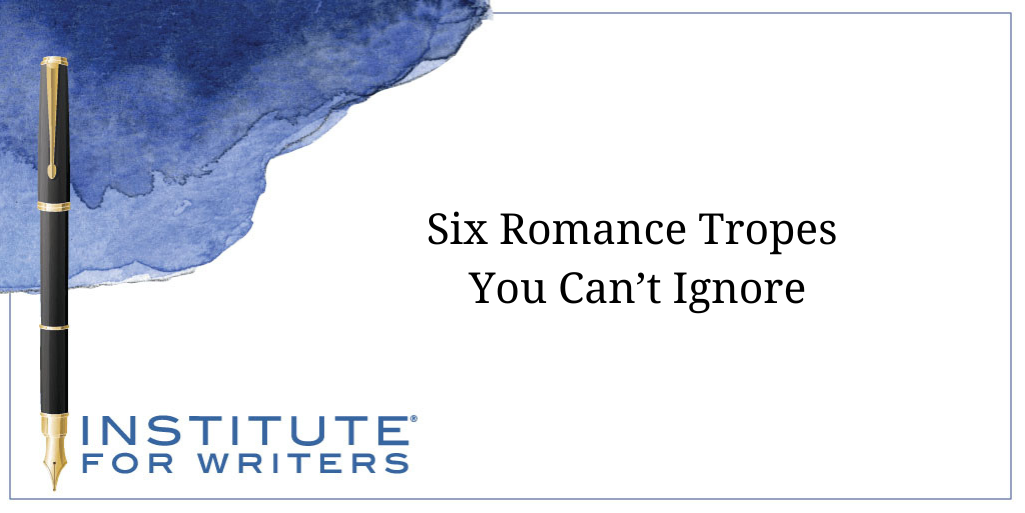
Romance is the best-selling genre in the entire publishing industry. According to the Romance Writers of America (RWA), the romance fiction industry is worth $1.08 billion. In addition, a survey conducted by the RWA in 2020 found that 55% of all fiction books sold were romance novels*.
Because of its popularity, it’s essential to understand trending romance tropes. This 2-part article covers six tropes that I predict will be (or continue to be) popular with readers in 2023, starting with the first three in this article, Six Romance Tropes You Can’t Ignore Part 1:
The “Friends to Lovers” trope refers to a romantic relationship that develops between two characters who were previously just friends, often childhood friends. This trope is popular because it allows readers to see the development of a relationship from the very beginning and watch the characters grow and change as they fall in love.
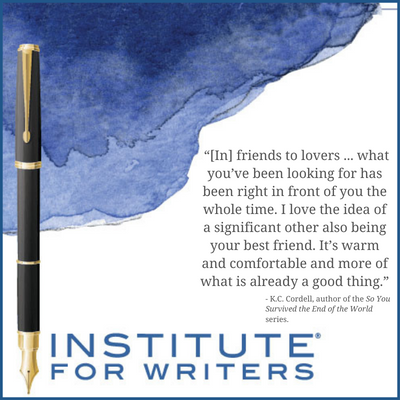 The long history between the characters provides a foundation for the romantic relationship to develop. This allows the characters to know and understand each other in ways that might not be possible if they began the story as strangers. The depth of their friendship also creates a strong bond between the characters, making it easy for readers to root for them as a couple.
The long history between the characters provides a foundation for the romantic relationship to develop. This allows the characters to know and understand each other in ways that might not be possible if they began the story as strangers. The depth of their friendship also creates a strong bond between the characters, making it easy for readers to root for them as a couple.
“[In] friends to lovers … what you’ve been looking for has been right in front of you the whole time. I love the idea of a significant other also being your best friend. It’s warm and comfortable and more of what is already a good thing.” – K.C. Cordell, author of the So You Survived the End of the World series.
Research Examples of the “Friends to Lovers” trope:
Reader Expectations: Readers want to see friendship, first for foremost. They want history and depth to the relationship and gradual growth into romance. Often one character will feel a spark much earlier than the other, or if they both catch feelings, they keep it a secret. The hallmark of this trope is “slow burn,” meaning readers expect this romance to not be insta-love. Speaking of slow-burn romance, this leads nicely into the next trope!
The “Slow Burn Romance” trope is simply a romance that develops gradually over a long period. The characters’ feelings for each other often (but not always!) start as friendship or with mutual respect and then grow over time. This build-up of tension can take place in a single book or several books in a series, making the eventual resolution of the relationship all the more satisfying for the reader.
This trope lends itself well to historical romance because characters are expected to court over an extended period. This trope is also often a staple of “sweet” romance, as readers want to enjoy every step of the romantic journey while keeping the whole story PG-rated.
“The great thing about slow-burn romance is the ability to emphasize small steps in a relationship that might otherwise go overlooked. The small glances, the brushing shoulders, and the held hands create so much more tension when the reader has had ample opportunity to pine for any breadcrumb the author is willing to drop.” – Charlie N. Holmberg, bestselling fantasy romance author
Reading Examples of “Slow Burn Romance”:
Reader expectations: In “Slow Burn Romance,” readers expect to watch a relationship unfold over time. This slow unfolding should amplify the romantic tension and anticipation. These readers want excitement as they eagerly wait to see when and how the characters will finally confess their feelings.
When using the “fake dating” trope, two characters pretend to be in a romantic relationship, usually for convenience or to achieve a specific goal, such as avoiding attention, maintaining a particular image, or in an attempt to deceive others. But, over time, they develop real feelings for each other. This leads to a tension-filled and often comedic exploration of their relationship as they navigate the line between reality and fiction.
 Closely related is “A Marriage of Convenience” trope. They both involve a relationship that starts as a convenient arrangement, but over time, the characters develop real feelings for each other. However, there are some key differences between the two tropes, which are pointed out below.
Closely related is “A Marriage of Convenience” trope. They both involve a relationship that starts as a convenient arrangement, but over time, the characters develop real feelings for each other. However, there are some key differences between the two tropes, which are pointed out below.
“I like fake dating because it forces characters to be physically closer, especially around other people. This proximity brings up all the feelings they’re trying to hide, and I’m here for it.” – Hanna Sandvig, illustrator, and fairytale author
Reading Examples “Fake Dating” and “Marriage of Convenience”:
Reader Expectations :
“Fake Dating” is generally in contemporary settings. It typically involves two people pretending to be in a romantic relationship for a specific purpose. However, the relationship is usually not legally binding, and the characters can end the arrangement at any time.
“Marriage of Convenience,” on the other hand, is often used in historical settings. The character’s situation is a legally binding arrangement between two individuals who marry for reasons other than love, such as financial stability, immigration, or political gain.
These first three tropes are essential for all writers to know. Study how to play to their strengths and learn to recognize if they are or aren’t the right fit for *your* story. For the next three tropes, check out part 2!
*Citation: Romance Writers of America. (2020). Romance Fiction Industry Report 2020. Retrieved from https://www.rwa.org/p/cm/ld/fid=584
Kristin J. Dawson is a non-recovering chocolate and romantic English movie addict who loves to read science fiction and fantasy. You can find her most often indulging her favorite things at 2 am — night owls unite! Kristin writes high fantasy with political intrigue, a bit of romance, and of course, magic. She’s was a 2019 UTOPiAcon Debut Book Award Nominee and Swooney Award Nominee. When she’s not writing, taking her kids on mountain adventures, or cleaning out the chicken coop, she’s probably trying to talk her author friends into more shenanigans.
Chat with Kristin on Instagram (@KristinImagines), on Facebook (@KristinJLiterary), or her website at kristinjdawson.com.

Should you enter a writing contest or not? If your writing rises to the top, you just might win a prize upwards of thousands of dollars if you’re lucky.
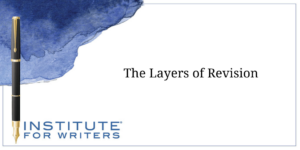
To many, writing is revision, and most writers revise their manuscripts numerous times before they’ve shaped it into the best version that it can be.
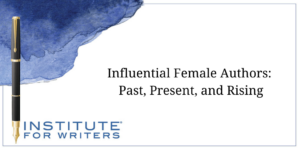
We’re going to look at influential female authors of the past, those impacting the present, and whom the industry expects to make a big splash.
1000 N. West Street #1200, Wilmington, DE 19801
© 2024 Direct Learning Systems, Inc. All rights reserved.

1000 N. West Street #1200, Wilmington, DE 19801
© 2025 Direct Learning Systems, Inc. All rights reserved.

1000 N. West Street #1200, Wilmington, DE 19801
©2025 Direct Learning Systems, Inc. All rights reserved. Privacy Policy.
6 Comments